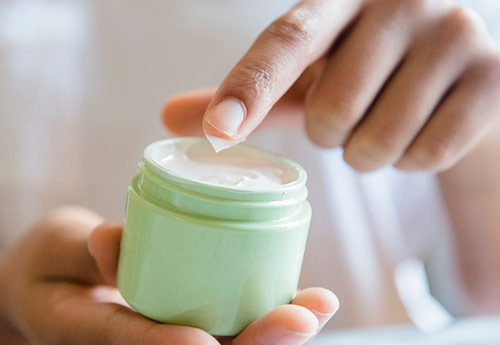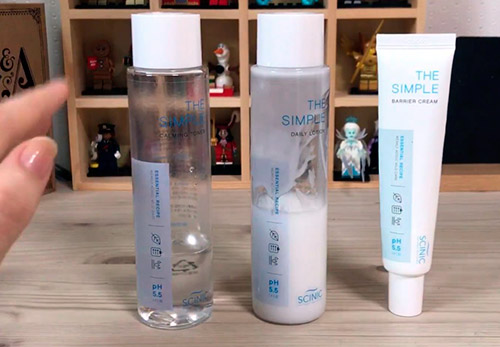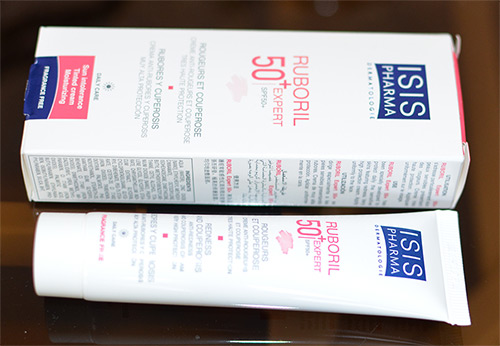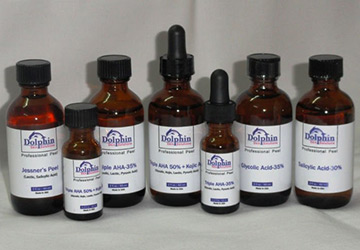Cosmetology
How the cream penetrates the layers of the skin
The skin is a rather serious human organ, which, moreover, is multifunctional. Through the skin, the human body breathes, nourishes, cleanses ... and protects itself. The skin is a reliable barrier through which it is not so easy to break through. But what about those cosmetics, which we have high hopes for, to rejuvenate overnight?
Yes, and they also have a hard time breaking through the skin. The main obstacle is the stratum corneum, which consists of densely packed horny scales glued together by a lipid layer. It turns out that our skin is like a brick wall, consisting of bricks glued together with cement. To penetrate deep into the skin, particles, both useful and harmful, can pass in the intercellular spaces, as well as through the ducts of the skin glands, although this is not easy.
The lipid layer in these gaps does not allow water-soluble compounds to pass through, but small fat-soluble molecules - components of oils and fats - seep well through them. However, it is not so easy for saturated or hard fats, mineral oils and waxes to pass through the lipid layer. Therefore, all cosmetics based on saturated fats, waxes and mineral oils have only a superficial effect.
Unsaturated oils thin the lipid layers and increase the skin's permeability. Esters, alcohols, preservatives also belong to those quickly penetrating through the stratum corneum. For large protein molecules and water, the stratum corneum is a serious barrier. How to deliver nutrients to living skin cells?
The biologically active substances that make up the cosmetic product must get into the dermis, since it is in the dermis that collagen, elastin, and hyaluronic acid are located. A cosmetic product is aimed at their synthesis, that is, at the regeneration of skin cells and at improving the condition of the skin. Cosmetologists are developing various methods of affecting the skin so that active beneficial substances could restore it.
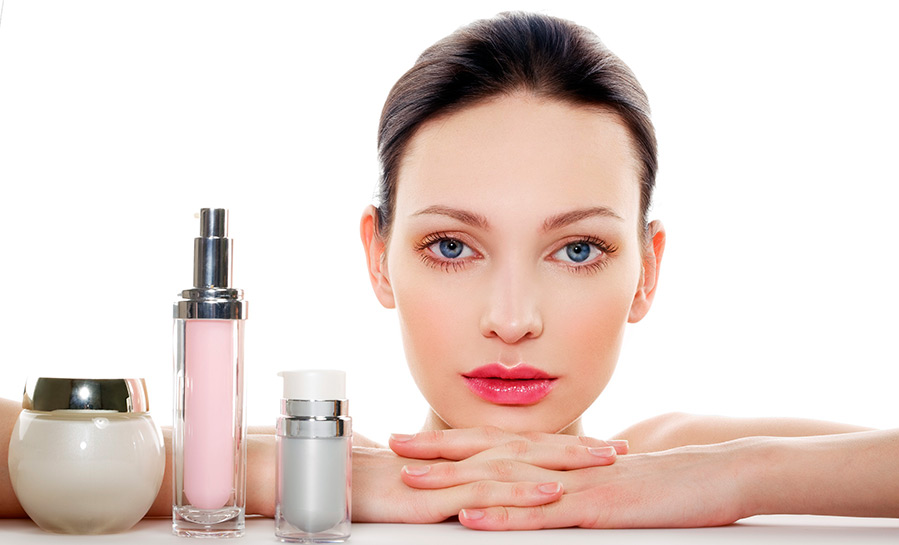
The lipid barrier can be destroyed.
Using special components in cosmetics, three methods of delivering active substances can be used:
destruction of the lipid barrier;
liquefaction of the lipid barrier;
the use of transdermal vectors.
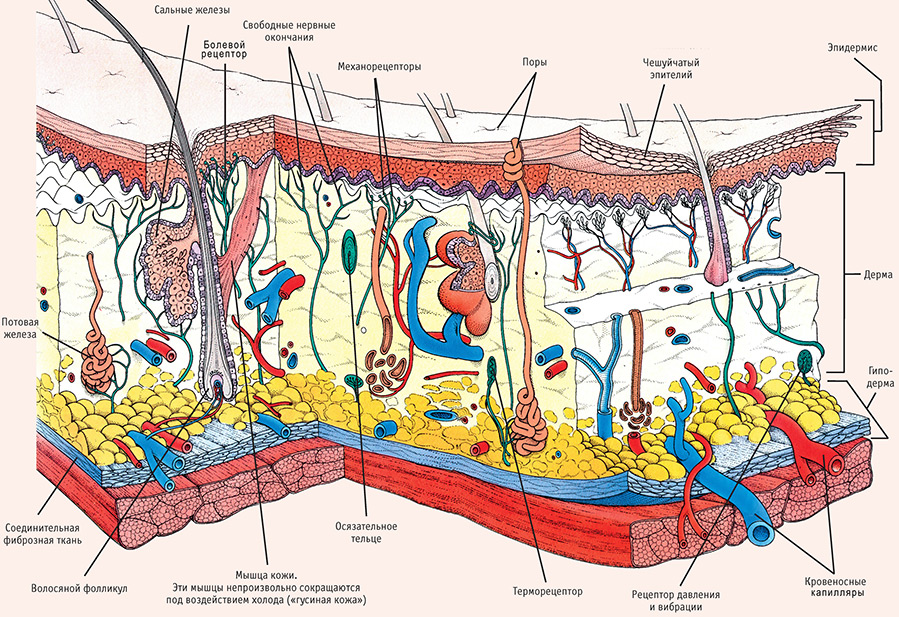
The first method is the destruction of lipid layers., which fills the space between the horny scales. It happens as if a gap is being made in a brick wall. In our case, a gap is being made in the lipid layer. Through the resulting gaps, the active substances contained in cosmetics rush.
Now there are no obstacles to the components of the aqueous phase. And the question remains - what are the substances in cosmetics that act as destroyers of the lipid layer? These are solvents (alcohols), surfactants - surfactants, fruit acids and other substances. All of these ingredients are allowed in cosmetics.
Solvents partially remove lipid layers. But the broken lipid layer needs to be repaired. In young skin this happens quickly, in aging skin and in skin with a lack of essential fatty acids in the diet, the restoration of the "brick wall" (lipid layers) occurs slowly. In this case, the skin begins to dehydrate.
Surfactants act somewhat differently, they break the lipid barrier into separate droplets, forming tiny holes in the lipid layer through which useful active compounds begin to flow. But the danger in using surfactants is that they can penetrate living cells and attach to them, as if embedding in their shells. And this is the main negative effect of surfactants.
Therefore, they are used only in non-durable products, for example, shampoos and other detergents.By the way, detergent surfactants are intended to dissolve fats during washing, washing dishes, washing, etc. Surfactants break the fatty structure into small droplets that are easily washed off with water. Similar detergent surfactants are found in many cosmetics.
Surfactants are unsafe for the human body, since they also destroy the cell lipid membrane, moreover, they are often the cause of allergic reactions. The toxic and irritating potential of all surfactants is different. Therefore, correctly selected surfactants increase the permeability of the stratum corneum, and at the same time cause the least harm to the body. Are there surfactants that do not harm the skin? Cosmetologists are working on this issue, and today there is a new generation of surfactants that do not destroy the lipid barrier, but such cosmetics are very expensive.
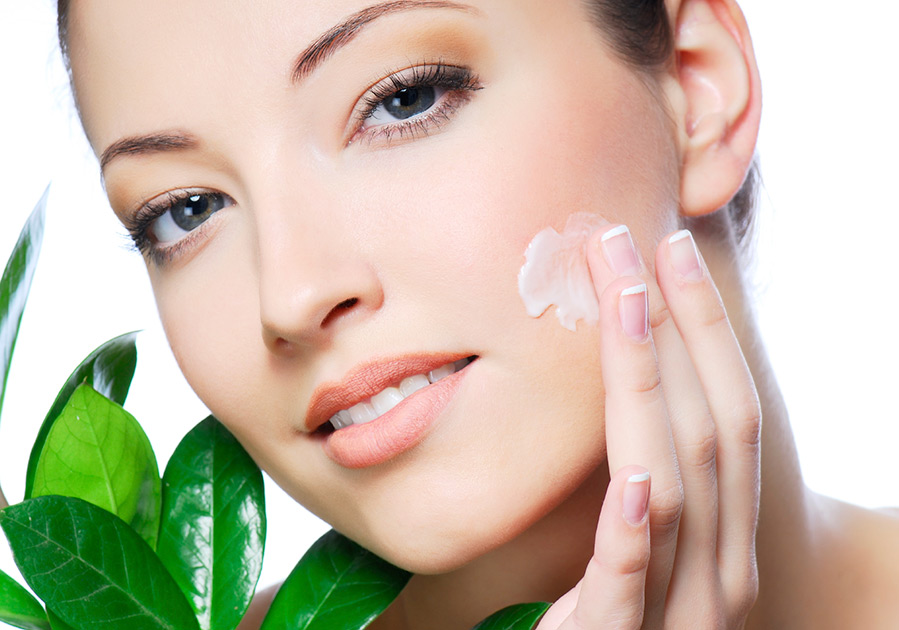
The second way to deliver active ingredients is to soften the lipid layer, that is, the lipid sheets in this case become more fluid and fluid. This fluidity occurs when oils are incorporated into cosmetics. Oils containing monounsaturated oleic acid, such as almond, olive, peanut and some others, are precisely these oils. The effectiveness of this method is less than the first, but the restoration of the lipid layer is faster.
And finally, the third method associated with the use of transdermal vectors... They easily pave the way through the epidermal barrier without destroying the latter, while pulling along with them the substances associated with them. The most popular transdermal carriers today are liposomes. If you turn on the imagination, then liposomes can be represented as such balls, which in structure and physical properties are similar to those of which the epidermal barrier is built. A liposome consists of a lipid bilayer (two or three bilayers), inside it is filled with water or other biologically active substances.
Liposomes penetrate the barrier at high speed and merge with the membranes of living cells of the dermis, filling them with vitamins, microelements, moisture, that is, with everything that they are filled with. However, such a cream is not recommended to be used for a long time, since your own skin will begin to be lazy to work on its own, and the result will be as follows - you will become dependent on these cosmetics.
As for the ducts of the skin glands, the penetration of cosmetics through them should be easier. But here, too, there are obstacles. The lumens of the sebaceous glands are most often filled with refractory secretions, so the flow of active substances through them is also difficult.
Sweat glands, at the moment of their opening, intensively throw out water, that is, sweat, and foreign substances can simply be washed out without having time to penetrate. So it is incredibly difficult for cosmetics to penetrate as deeply into the skin as possible. True, there is one loophole for active substances. This is the application of the cream after special cleansing of the face, when the sebaceous pores are freed from their contents, and the sweat glands are pretty "sweating" after steaming or exercise and showering. Then the cream is absorbed much better and the effect comes faster.
Cosmetologists are considering more and more new ways to deliver nutrients to our skin. The development of hardware cosmetology made it possible to deliver active and medicinal substances to a strictly defined address, especially the high potential of electrophysical methods should be noted. Modern hardware cosmetology can eliminate many problems and save you from surgical intervention. It is only necessary to contact an experienced cosmetologist in a timely manner.
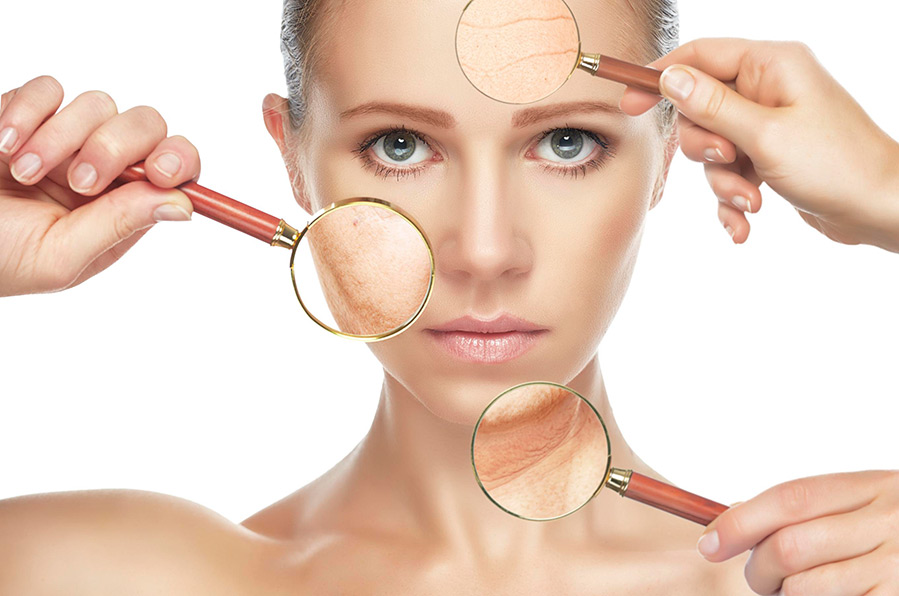
Comments and Reviews
Add a comment
Rating news
Shades of clothing that make women look younger
What shades of hair make women younger: rules and photos
Funny wedding dresses - photos and ideas
12 most expensive down jackets for the winter
How to look 25 at 40: tips from supermodels
Beautiful schoolgirls
Anti-aging haircuts and hairstyles for women
Fashionable skirts for autumn and winter
Fashionable women's trousers for the cold season
Fashionable and stylish sandals for summer 2024
Spring-summer 2024
 Fashionable dresses and tops with thin spaghetti straps
Fashionable dresses and tops with thin spaghetti straps
 Bandana tops: how to wear stylishly and beautifully
Bandana tops: how to wear stylishly and beautifully
 How to put together the perfect men's wardrobe for the summer
How to put together the perfect men's wardrobe for the summer
 Fashionable shorts for spring-summer 2024
Fashionable shorts for spring-summer 2024
 Fashionable skirts for spring-summer 2024: a guide to online shopping
Fashionable skirts for spring-summer 2024: a guide to online shopping
 The most fashionable dresses spring-summer 2024: styles and colors
The most fashionable dresses spring-summer 2024: styles and colors
 Fashionable total look 2024: ideas of images and trends
Fashionable total look 2024: ideas of images and trends
